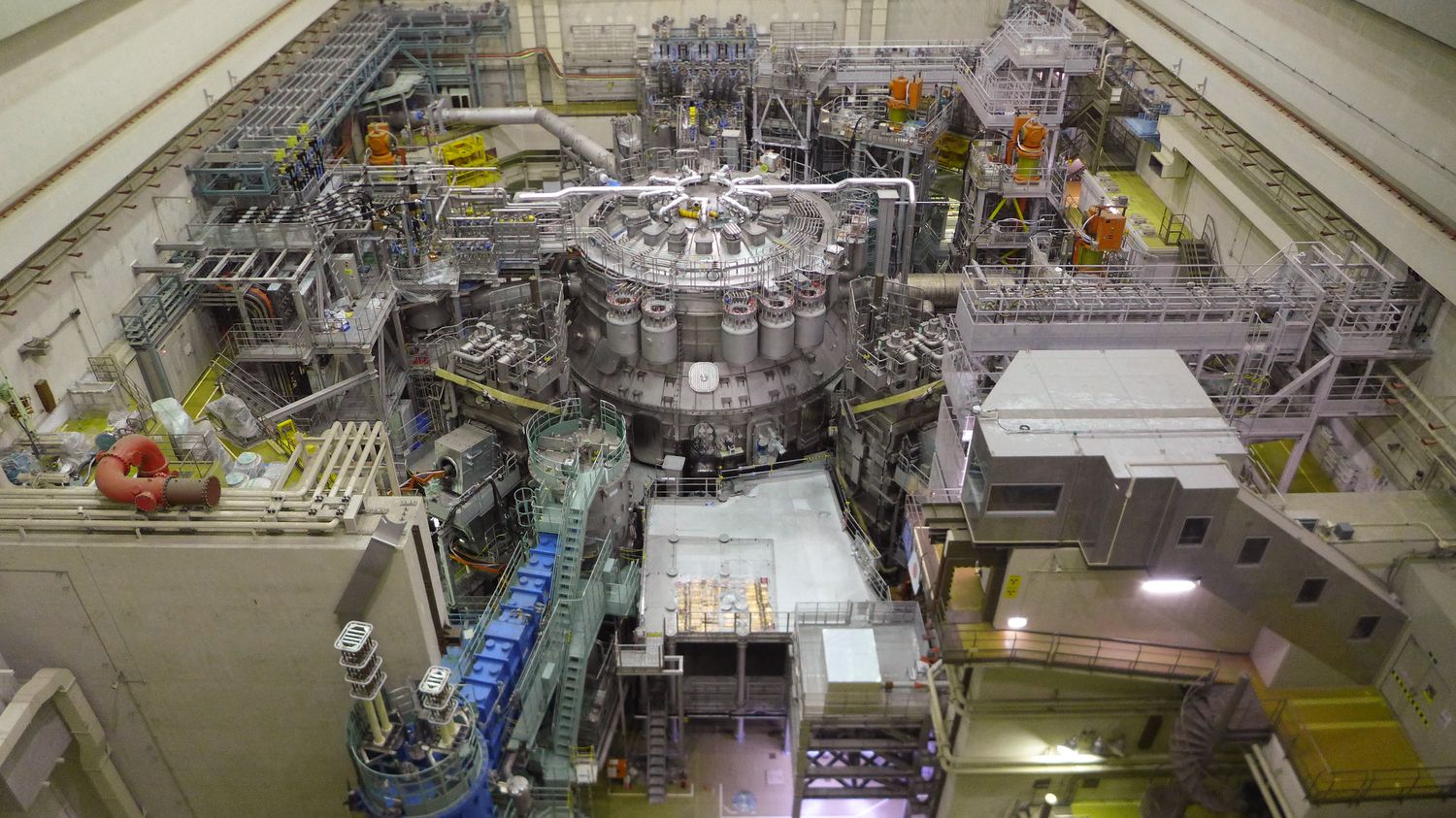This new energy, often presented as the Holy Grail of the energy transition, must make it possible to produce completely carbon-free electricity, very abundant and without nuclear waste.
Published
Reading time: 2 min

When they popularize their research, these scientists who work at Naka, north of Tokyo, explain that they are, in fact, looking for the recipe for star fuel. Currently the reactors that produce our electricity are based on nuclear fission. Basically, they create their energy by breaking atoms. Nuclear fusion is the opposite. Energy is recovered by forcing atoms to collide at very high speed and at a temperature of 15 million degrees to fuse in what we call plasma.
This is exactly what happens in our sun or in the big stars. These are hydrogen atoms that fuse together and create light and heat. Japanese and European researchers have been working on this physical reaction for decades. They have just succeeded in generating this plasma for several seconds and in quantities that no one has ever managed to achieve before. They thus created the largest nuclear fusion reactor on the planet.
Iter: a reactor twice as large planned in France after 2030
Before we have fusion reactors to produce electricity, it will take a few more decades. This success in the Japanese experimental reactor is only one step in the development of this solution. Everything that scientists learn here in Japan will feed into the development of Iter. Iter is an experimental reactor twice as large which is currently under construction in Cadarache, in the south of France.
Its construction has fallen behind schedule, it should be ready a little after 2030. It is also a project with the Europeans, the Japanese but also the Chinese, the Americans and the South Koreans. And after Iter, there will be a third experimental reactor which will be called Demo. Demo will actually make electricity through nuclear fusion. But there we will probably be in 2050.
Despite these delays, all these countries are betting billions of euros on nuclear fusion because, on paper, it really is a fantastic solution. You can produce electricity in huge quantities without emitting CO2 and without ending up with tons of dangerous radioactive waste. If it works, it will change the energy situation on the planet.
